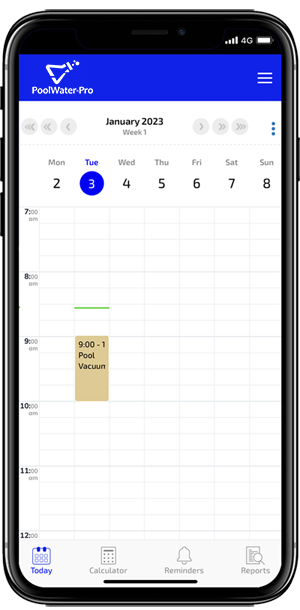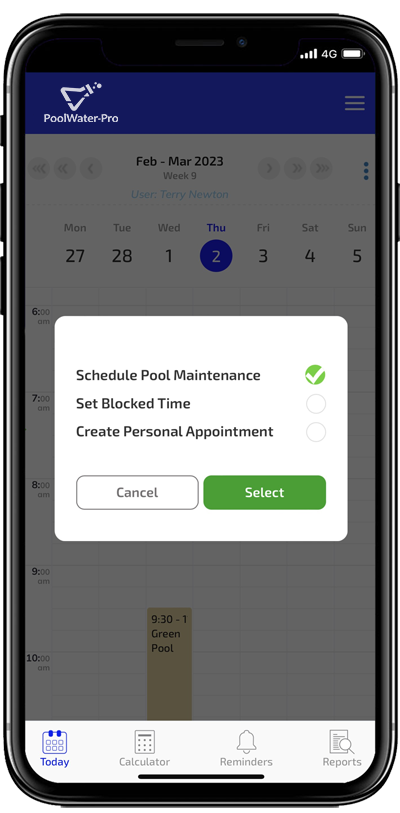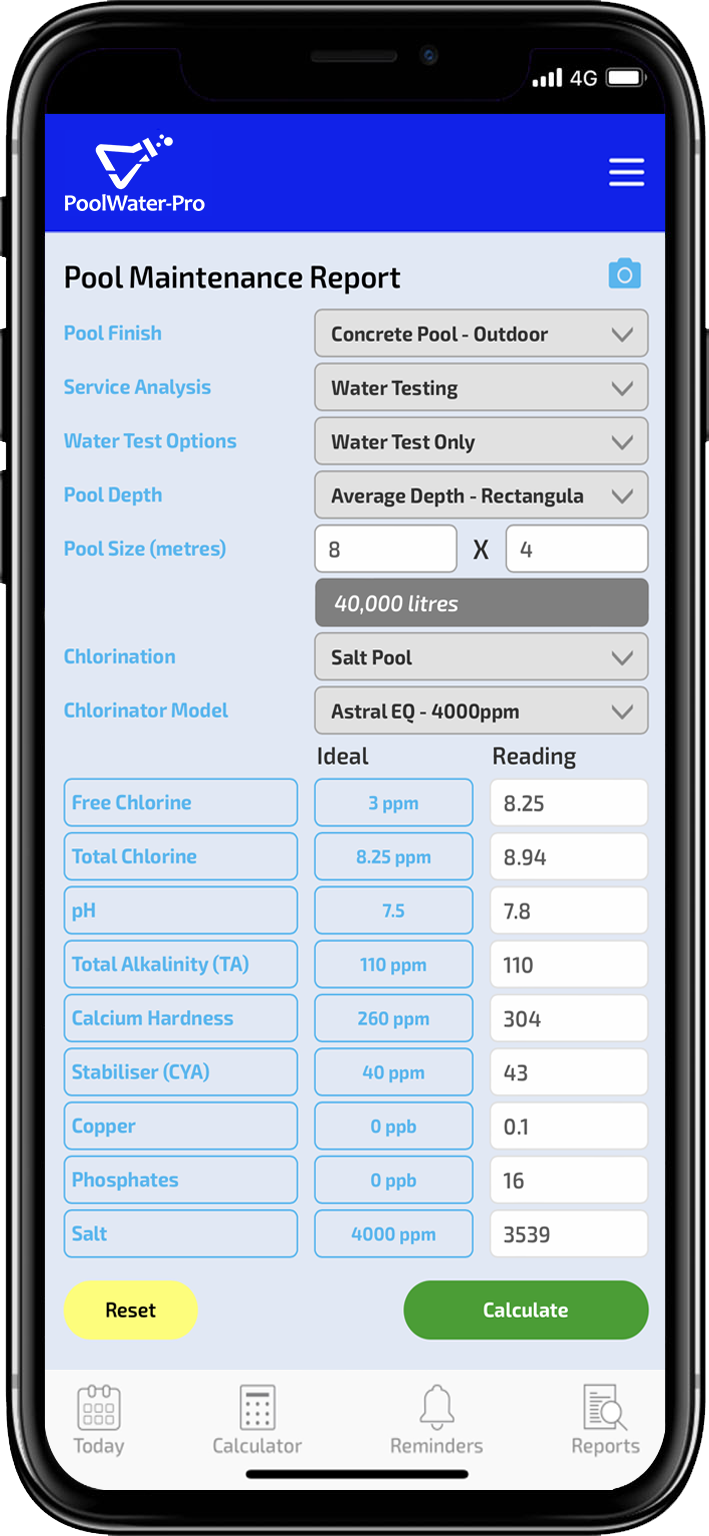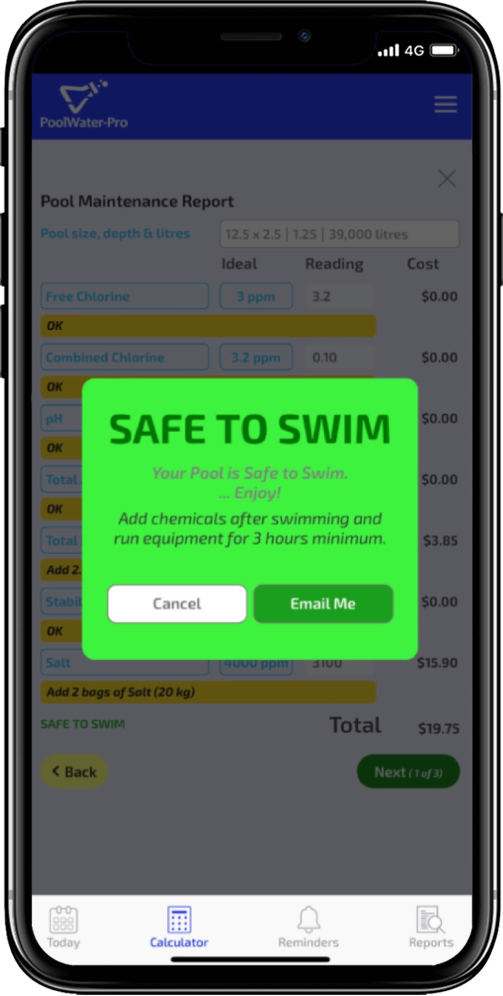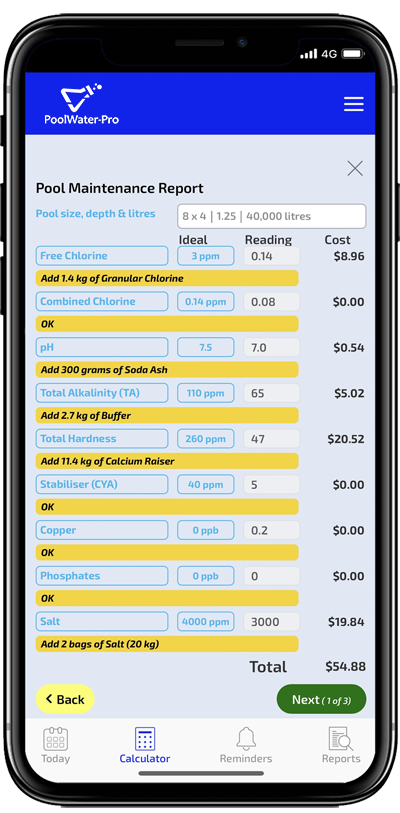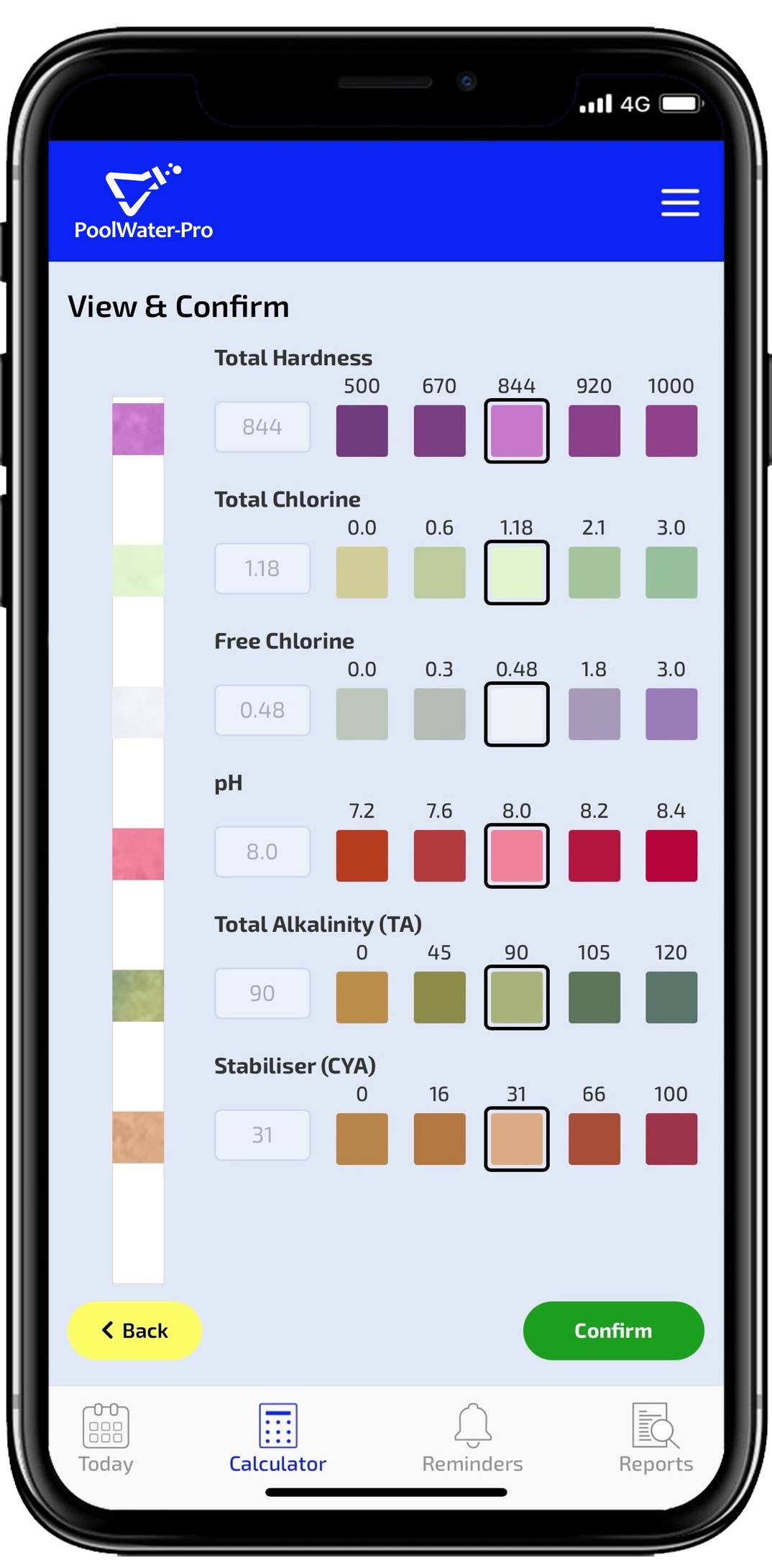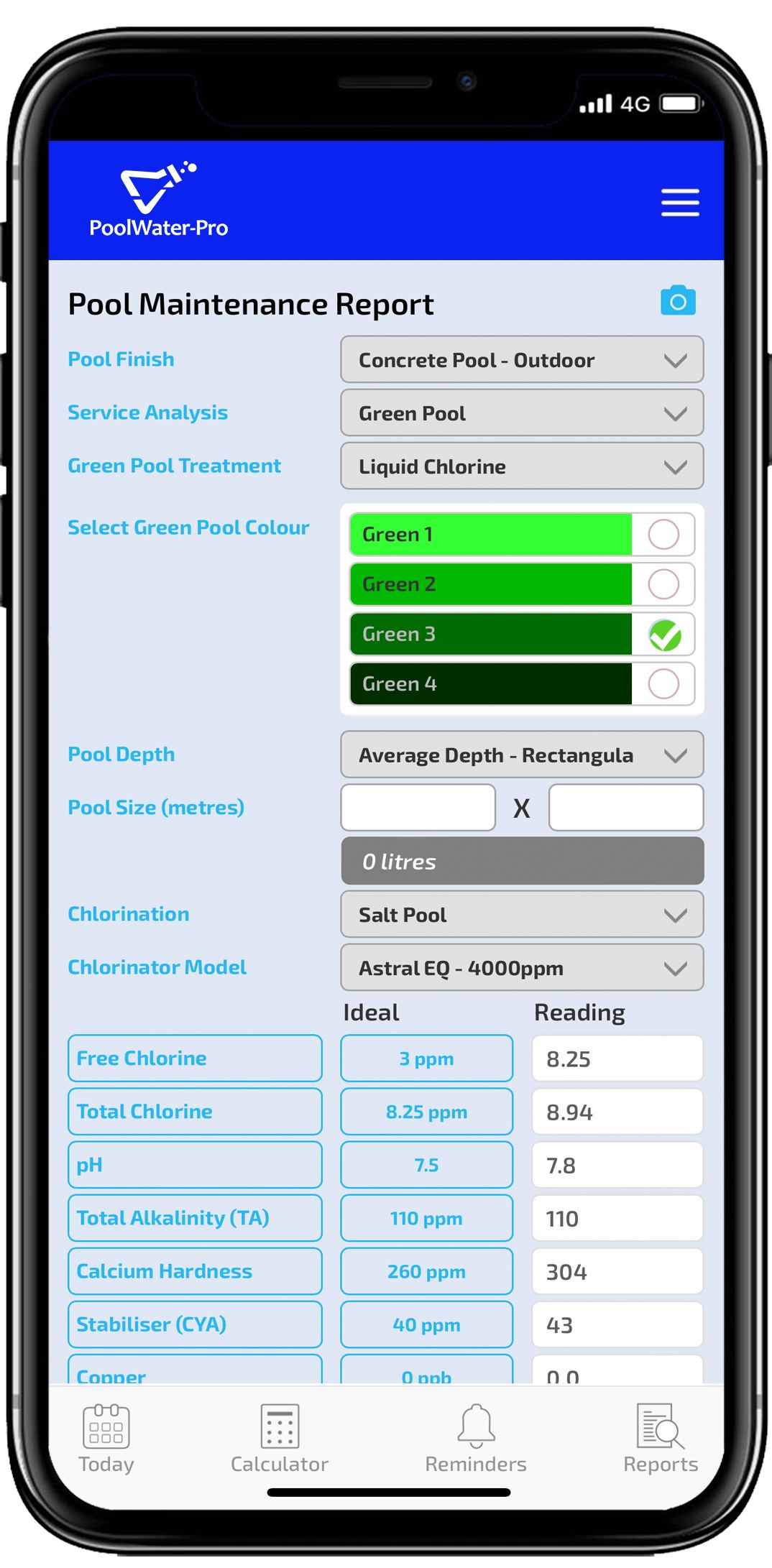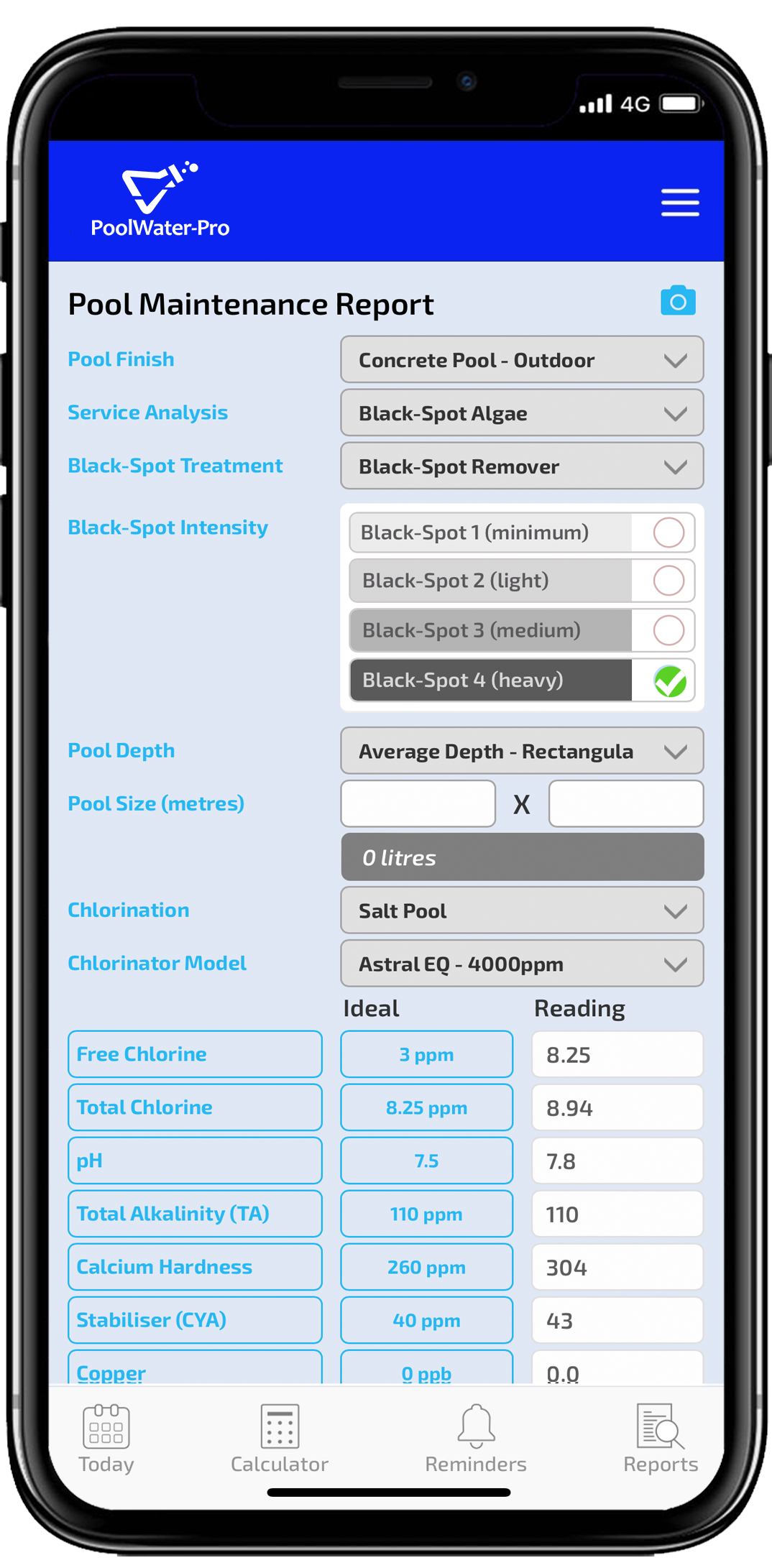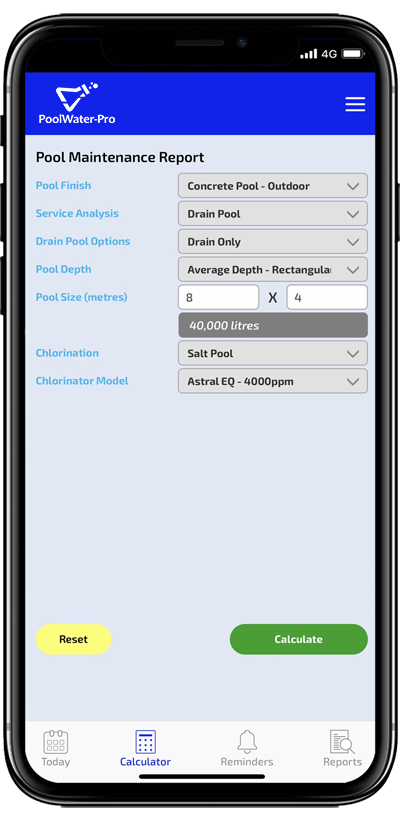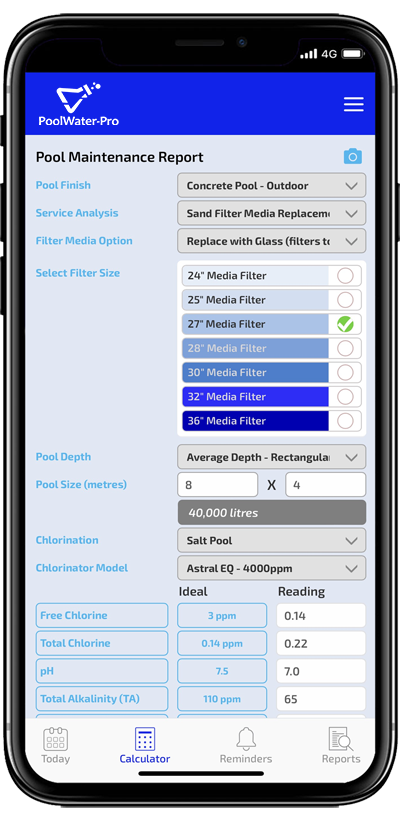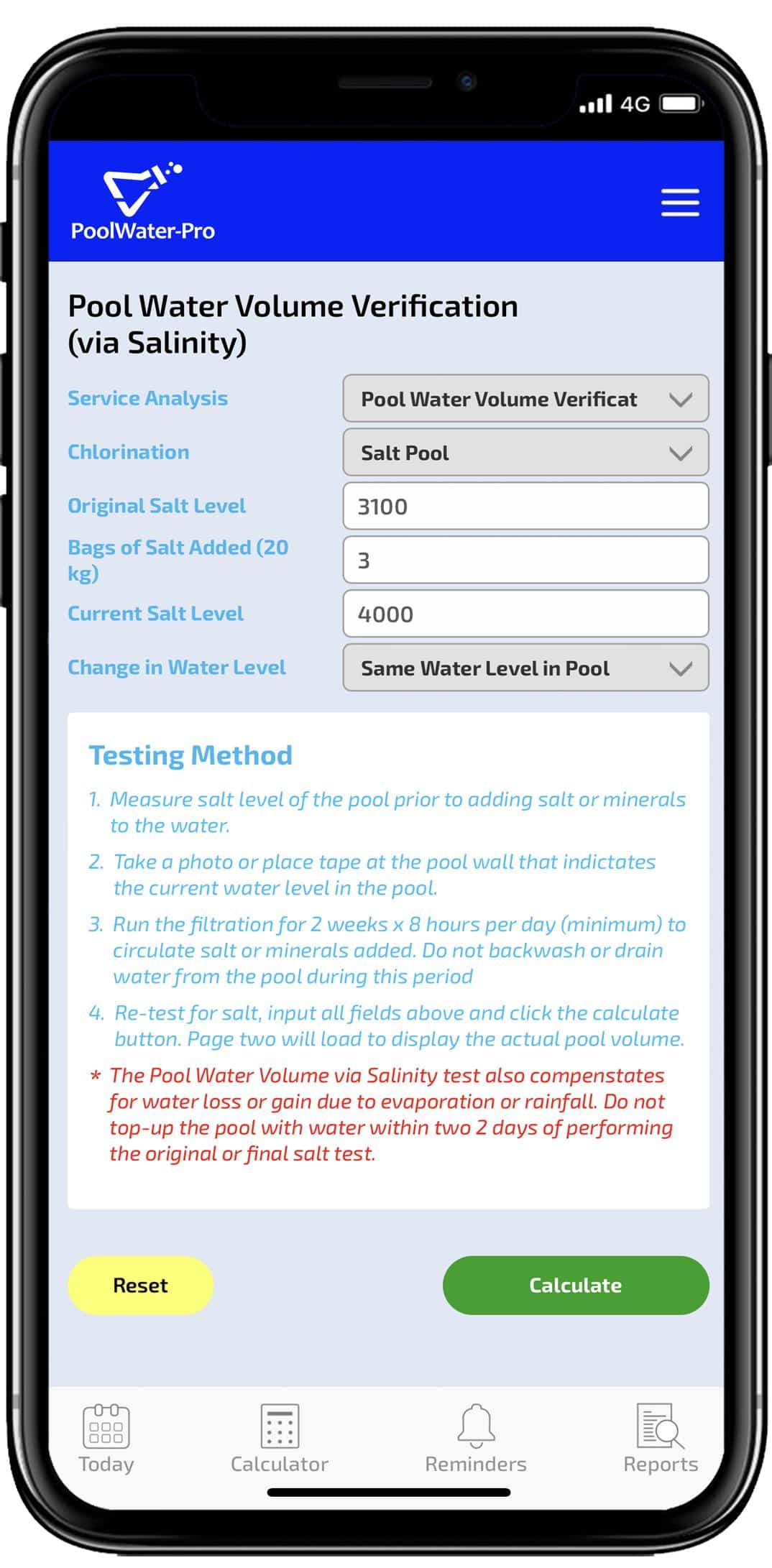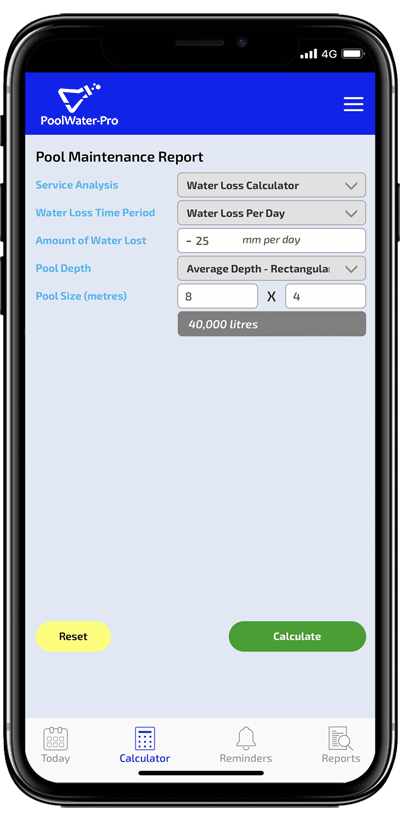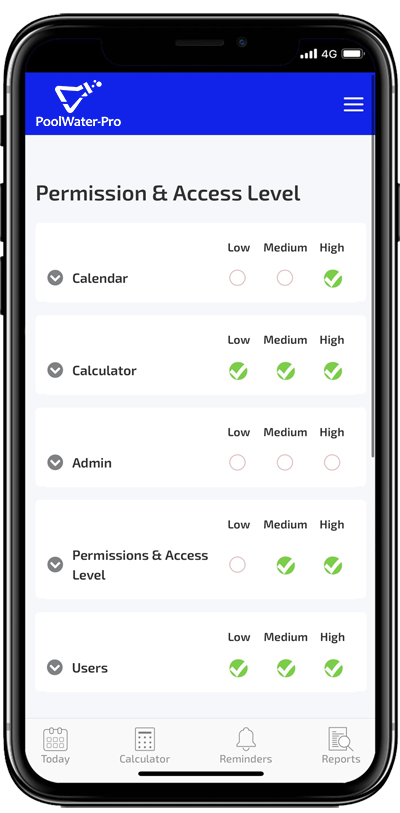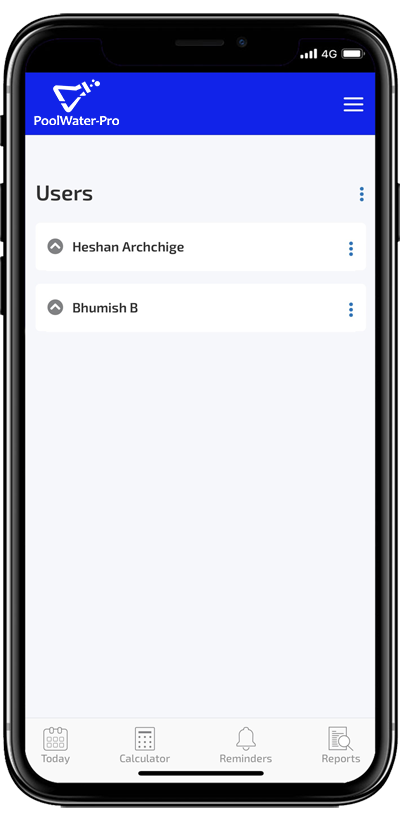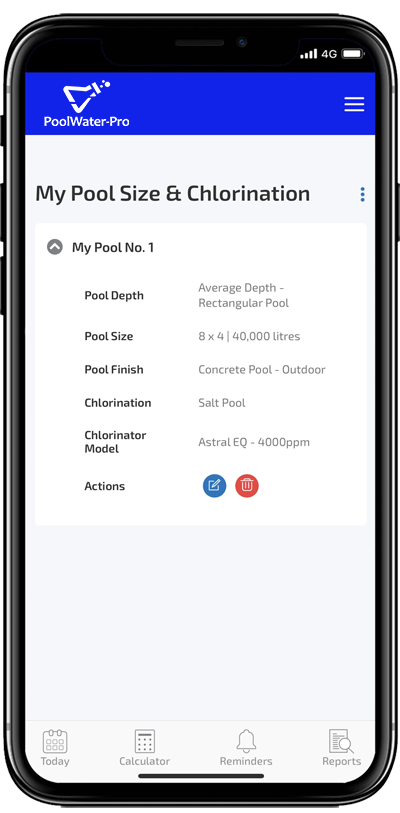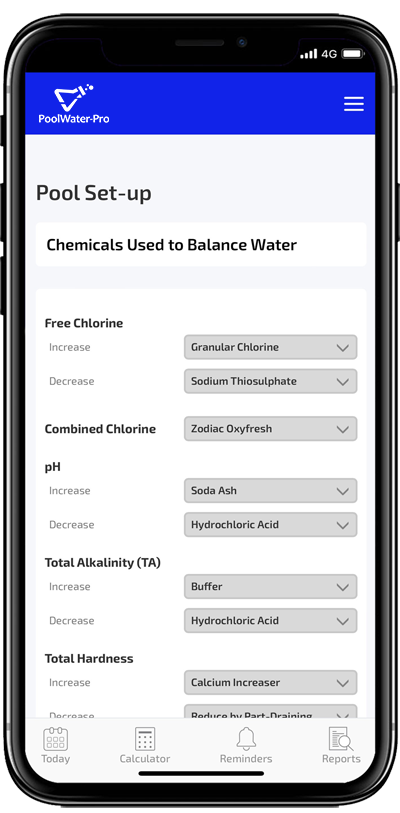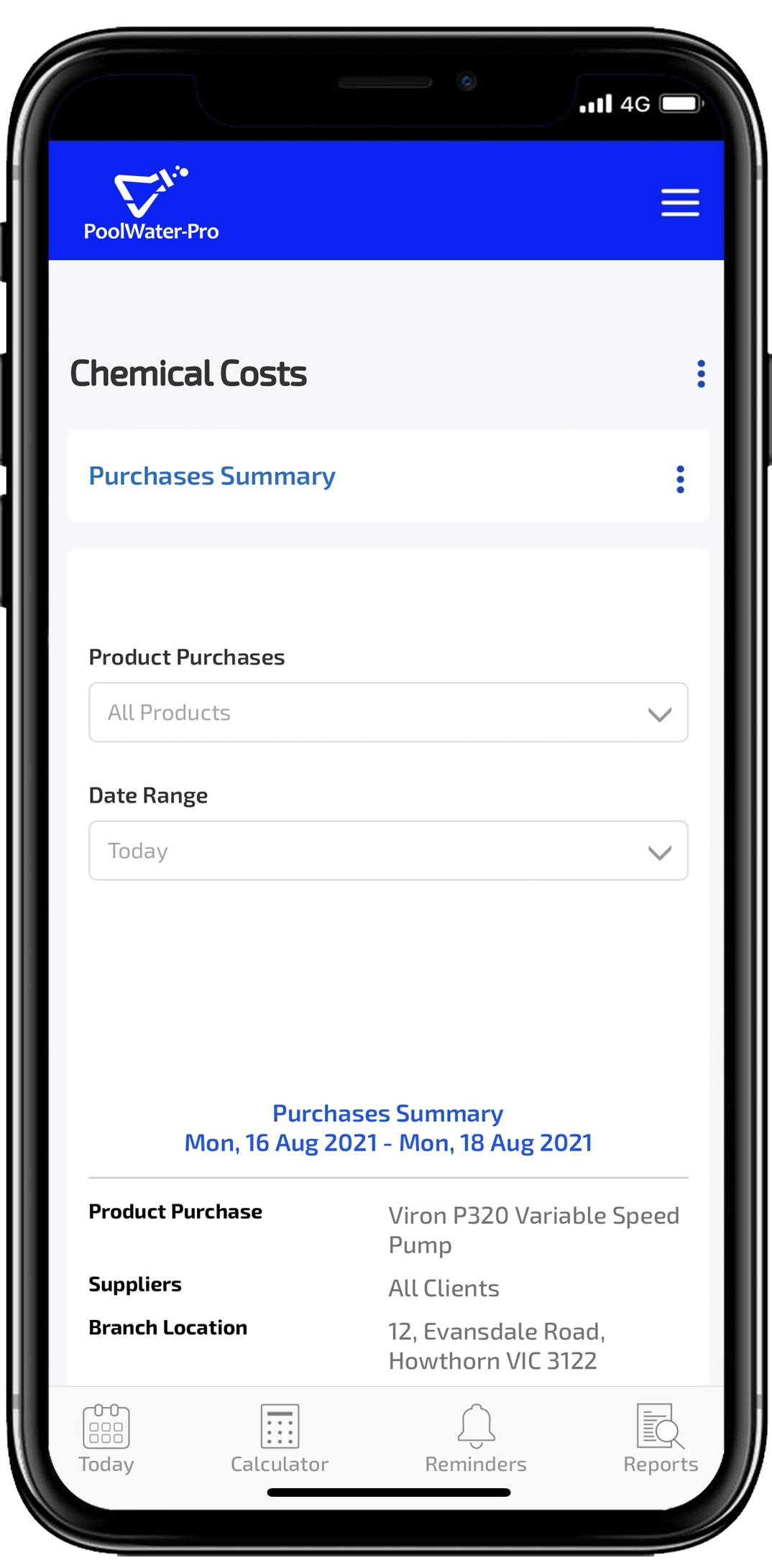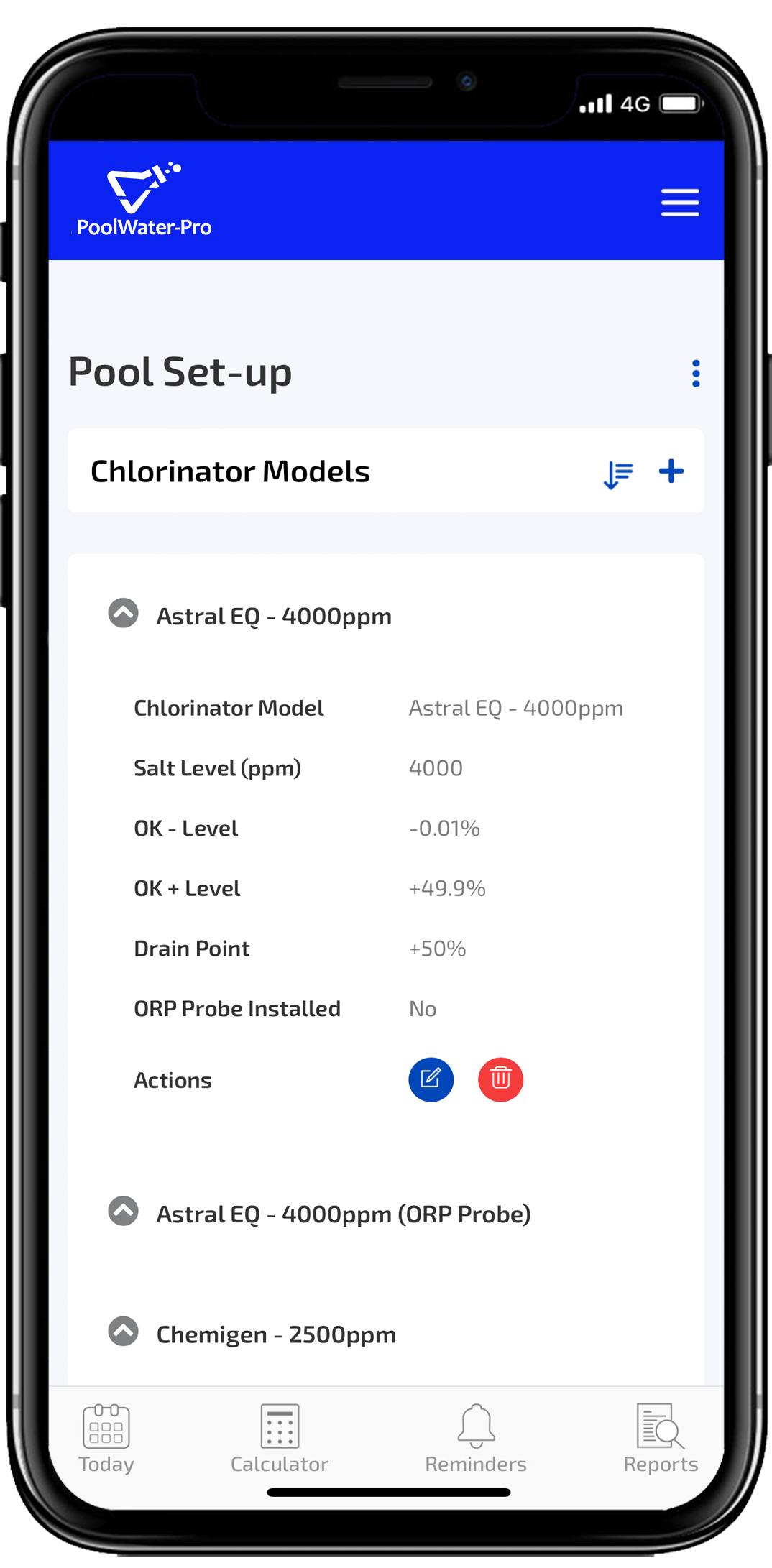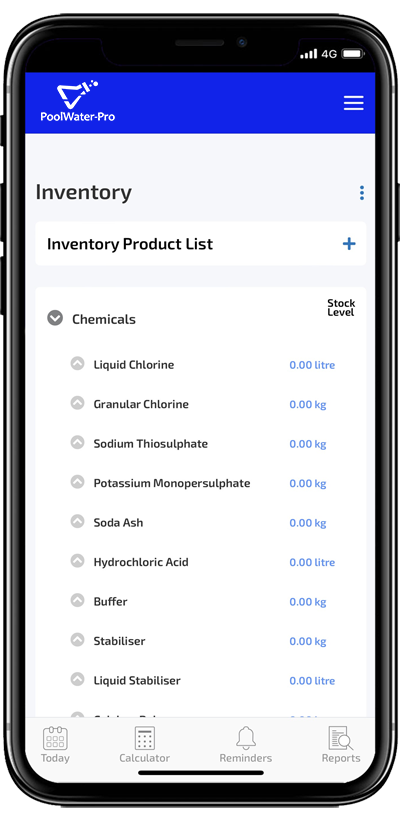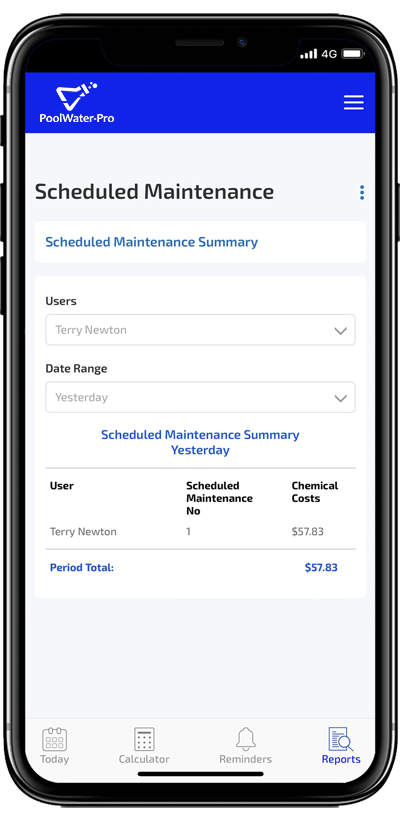Do I Still Need to Add Chemicals in My Pool During Winter?
During the winter months, even though you may not be using your pool for swimming, it still requires chemical balancing. Apart from preventing algae and bacteria growth, protecting the integrity of your pool’s structure is an important reason for balancing your pool water. Keeping your pool water balanced over winter is a key factor often overlooked.
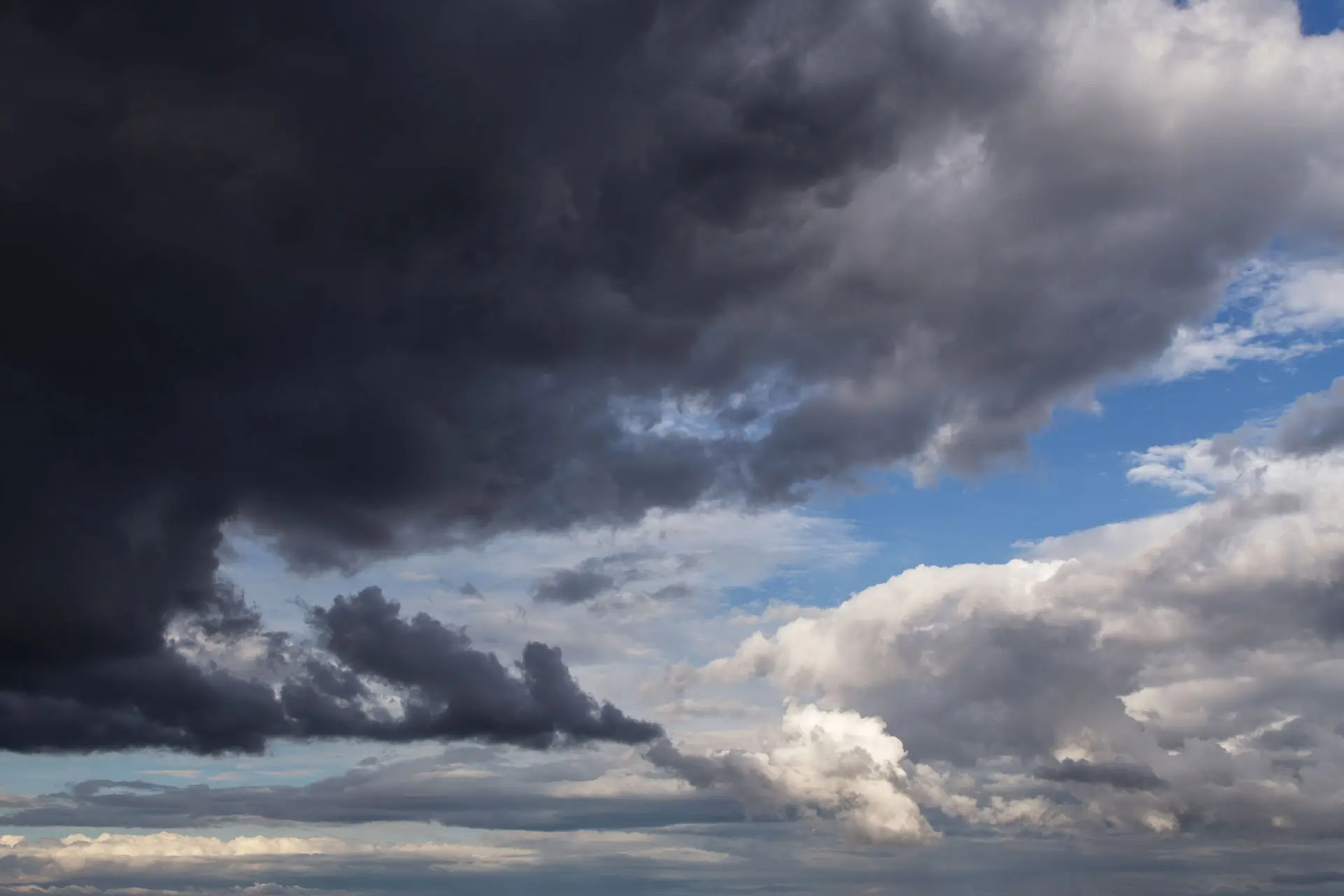
- What Damage Can Be Caused?
- Calcium Hardness
- Factors Affecting Pool Chemistry
- Tips for Winter Pool Care
What Damage Can Be Caused?
Unbalanced chemicals in pool water can degrade pipework or equipment and risks damaging your pool’s surfaces.
Repairing equipment and plumbing or refurbishing your pool shell is expensive compared to the minimal cost of adding chemicals.
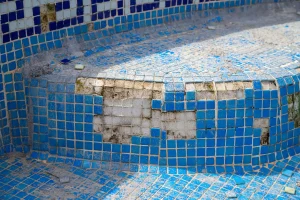
Calcium Hardness
Maintain calcium hardness between the recommended range of 200 to 400 parts per million to prevent water from becoming corrosive or scaling pool surfaces.
Corrosive is a term used for acidic or etching and scaling describes the forming of calcium deposits.
Low Calcium Harness
Low calcium hardness can cause pool water to become acidic, etching surfaces in concrete pools or damaging the gel coat in fibreglass pools.
In vinyl liner pools, the liner can become faded, brittle, or wrinkle over time.
High Calcium Hardness
Pool water that’s high in calcium hardness can make the pool water cloudy, unless pH and alkalinity adjustments are made to compensate.
In concrete pools, cloudiness may develop when calcium hardness exceeds the water’s saturation point and can lead to calcium deposits forming on the pool’s walls, floor and inside pipework.
These deposits are commonly referred to as scaling, they’re very visual and once they appear you can’t fully remove them without costly refurbishing.
For fibreglass pools scaling may present as a light film or haze on the surface, instead of crusty calcium deposits.
With vinyl liner pools, the effects from scaling are less severe than other pool types.
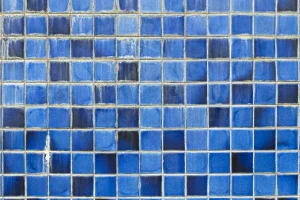
Factors Affecting Pool Chemistry
During winter several factors will influence the chemistry of your pool water.
Rainfall
Rain will dilute the pool water chemistry and effect the composition of pH, because it is slightly acidic.
Rainwater can also bring dust, pollen and other pollutants into your pool, creating an increased demand for sanitiser.
pH of the Water
The pH of the pool water should be ideally be maintained between 7.2 to 7.8.
Staying within this range optimises the effectiveness of other chemicals, particularly chlorine and calcium hardness.
Total Alkalinity (TA)
Total alkalinity acts as a buffer, helping to stabilise pH levels and preventing rapid swings.
Less Usage
Using the pool less often reduces organic matter and sweat introduced into the pool, which lowers the demand for sanitiser.
Reduced Sunlight Exposure
Your pool is less exposed to UV from the sun, with shorter days and less sunlight during winter.
The pool will not need as much chlorine and requires less filtration time.
Algae & Bacteria Growth
Algae growth slows down in the colder weather, but doesn’t completely stop.
Chlorine levels of 1-3 parts per million (ppm) for keeping your pool adequately sanitised is still required.

Tips for Winter Pool Care
Maintaining your pool over the winter period will keep your pool water clear and healthy, making for a smooth reopening when the warmer weather returns.
- Balancing Water
Check pool chemicals at least monthly during winter and weekly during the swimming season.
- Empty Skimmer & Pump Baskets
Empty any clogged leaves and debris caught in the slimmer or pump baskets.
Monitor weekly or more often as required, depending on the season.
- Net the Top of Pool
Use a leaf rake or net to remove leaves and other debris from the top of the pool.
This is a weekly task throughout the year and may be required more often after windy periods.
- Vacuum the Pool
Vacuum the pool as required to keep the floor free of leaves and other debris.
Clear and clean water creates positive energy, sparkling pools are relaxing and calming to look at.
- Inspect & Adjust Equipment
Check pumps, your chlorinator and other equipment for correct operation weekly.
There’s not as much sun during winter, so less chlorine is required for sanitising your pool.
Filtration time should be 8-10 hours per day summer time and half this time during winter.
Incrementally increase running times coming into summer and decrease them going into winter, to keep chlorine levels between 1-3 ppm.
Chlorine levels can be chemically reduced quickly by adding sodium thiosulphate to your pool, refer to manufacturer’s instructions for dosage quantity required.
Adjusting Chlorine Levels Down
Reducing the amount of chlorine being added to your pool will also help to bring down chlorine levels.
Manually Chlorinated
Reduce the quantity and frequency of
adding chlorine to your pool.
Chlorinator
Decrease chlorinator output and the running period.
Chlorinator with ORP probe
Lower the ORP set-point and reduce
filtration operating times.
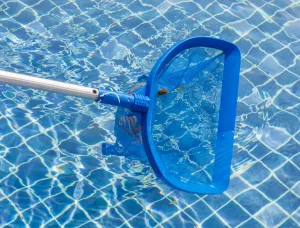
Unbalanced chemicals in pool water can degrade pipework or equipment and risks damaging your pool’s surfaces.
Repairing equipment and plumbing or refurbishing your pool shell is expensive compared to the minimal cost of adding chemicals.

Maintain calcium hardness between the recommended range of 80 to 500 parts per million to prevent water from becoming corrosive or scaling pool surfaces.
Corrosive is a term used for acidic or etching and scaling describes the forming of calcium deposits.
Low Calcium Harness
Low calcium hardness can cause pool water to become acidic, etching surfaces in concrete pools or damaging the gel coat in fibreglass pools.
In vinyl liner pools, the liner can become faded, brittle, or wrinkle over time.
High Calcium Hardness
Pool water that’s high in calcium hardness can make the pool water cloudy, unless pH and alkalinity adjustments are made to compensate.
In concrete pools, cloudiness may develop when calcium hardness exceeds the water’s saturation point and can lead to calcium deposits forming on the pool’s walls, floor and inside pipework.
These deposits are commonly referred to as scaling, they’re very visual and once they appear you can’t fully remove them without costly refurbishing.
For fibreglass pools scaling may present as a light film or haze on the surface, instead of crusty calcium deposits.
With vinyl liner pools, the effects from scaling are less severe than other pool types.


During winter several factors will influence the chemistry of your pool water.
Rainfall
Rain will dilute the pool water chemistry and effect the composition of pH, because it is slightly acidic.
Rainwater can also bring dust, pollen and other pollutants into your pool, creating an increased demand for sanitiser.
pH of the Water
The pH of the pool water should be ideally be maintained between 7.2 to 7.8.
Staying within this range optimises the effectiveness of other chemicals, particularly chlorine and calcium hardness.
Total Alkalinity (TA)
Total alkalinity acts as a buffer, helping to stabilise pH levels and preventing rapid swings.
Less Usage
Using the pool less often reduces organic matter and sweat introduced into the pool, which lowers the demand for sanitiser.
Reduced Sunlight Exposure
Your pool is less exposed to UV from the sun, with shorter days and less sunlight during winter.
The pool will not need as much chlorine and requires less filtration time.
Algae & Bacteria Growth
Algae growth slows down in the colder weather, but doesn’t completely stop.
Chlorine levels of 1-3 parts per million (ppm) for keeping your pool adequately sanitised is still required.

Maintaining your pool over the winter period will keep your pool water clear and healthy, making for a smooth reopening when the warmer weather returns.
- Balancing Water
Check pool chemicals at least monthly during winter and weekly during the swimming season.
- Empty Skimmer & Pump Baskets
Empty any clogged leaves and debris caught in the slimmer or pump baskets.
Monitor weekly or more often as required, depending on the season.
- Net the Top of Pool
Use a leaf rake or net to remove leaves and other debris from the top of the pool.
This is a weekly task throughout the year and may be required more often after windy periods.
- Vacuum the Pool
Vacuum the pool as required to keep the floor free of leaves and other debris.
Clear and clean water creates positive energy, sparkling pools are relaxing and calming to look at.
- Inspect & Adjust Equipment
Check pumps, your chlorinator and other equipment for correct operation weekly.
There’s not as much sun during winter, so less chlorine is required for sanitising your pool.
Filtration time should be 8-10 hours per day summer time and half this time during winter.
Incrementally increase running times coming into summer and decrease them going into winter, to keep chlorine levels between 1-3 ppm.
Chlorine levels can be chemically reduced quickly by adding sodium thiosulphate to your pool, refer to manufacturer’s instructions for dosage quantity required.
Adjusting Chlorine Levels Down
Reducing the amount of chlorine being added to your pool will also help to bring down chlorine levels.
Manually Chlorinated
Reduce the quantity and frequency of
adding chlorine to your pool.
Chlorinator
Decrease chlorinator output and the running period.
Chlorinator with ORP probe
Lower the ORP set-point and reduce
filtration operating times.

Introducing Effective Solutions
Simplify your pool maintenance routine with POOLWATER-PRO. Our software turns test-strips into accurate digital readings, right from your phone. Get instant alerts to know if your pool is safe to swim, plus any chemicals needed.
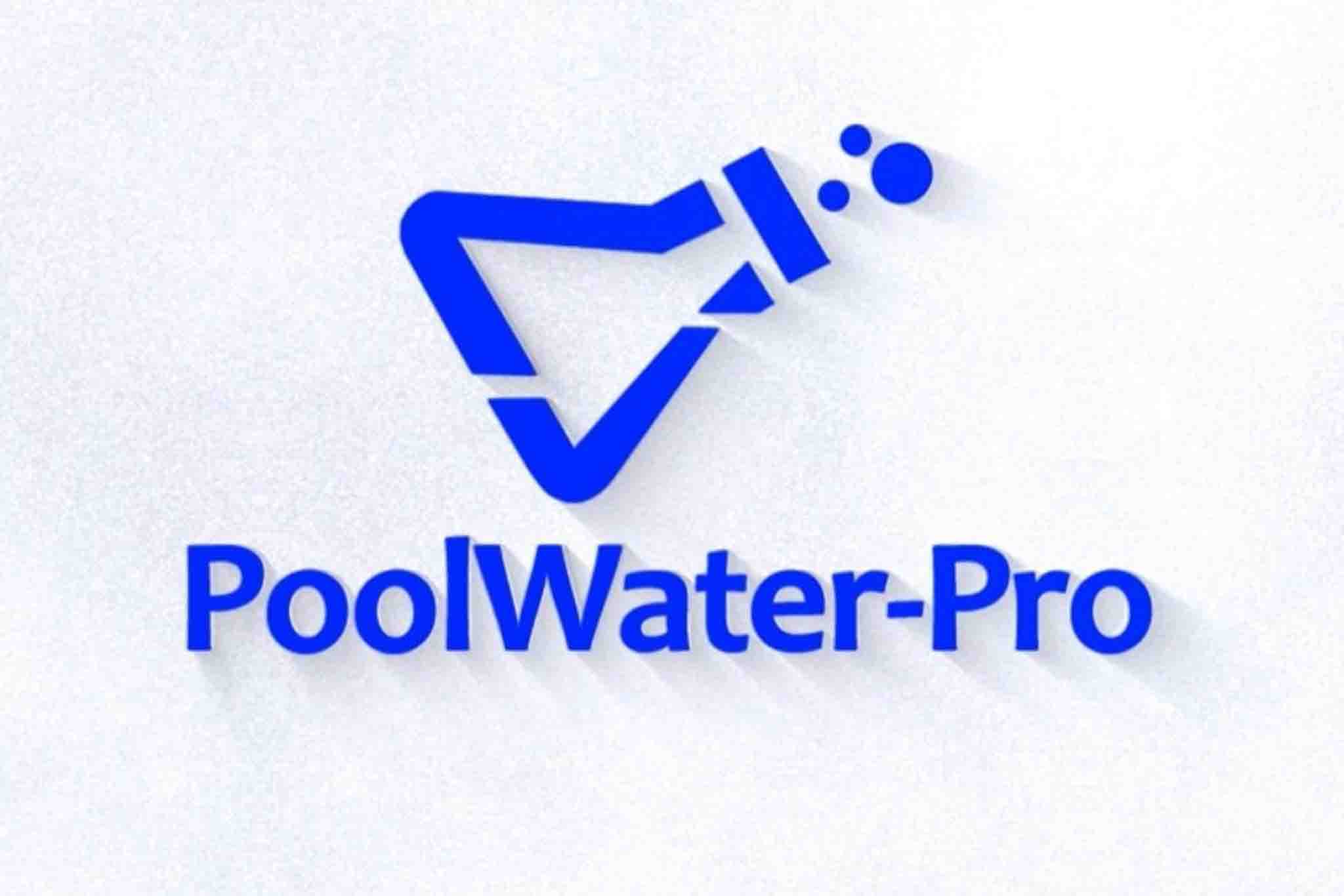
Introducing Effective Solutions
Simplify your pool maintenance routine with POOLWATER-PRO. Our software turns test-strips into accurate digital readings, right from your phone. Get instant alerts to know if your pool is safe to swim, plus any chemicals needed.
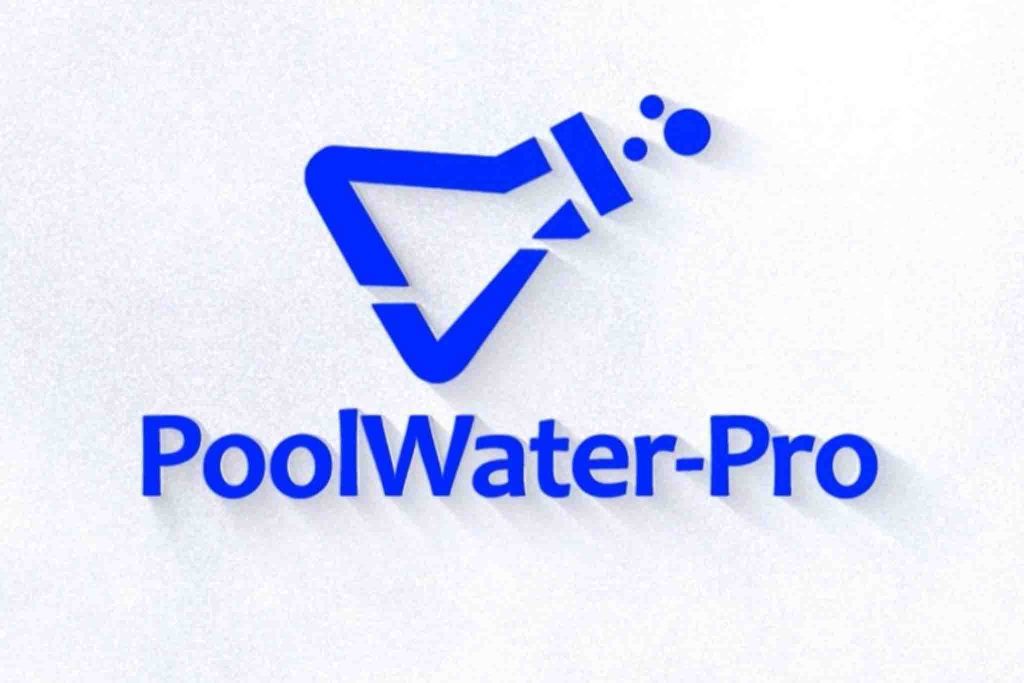
Your Path to Clarity
Watch this quick explainer video to see the platform’s features and how it can make pool care hassle-free.
Watch this quick explainer video to see the platform’s features and how it can make pool care hassle-free.



